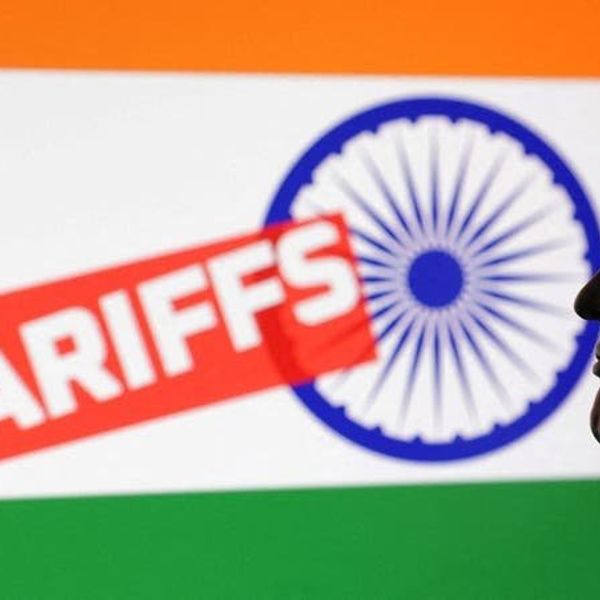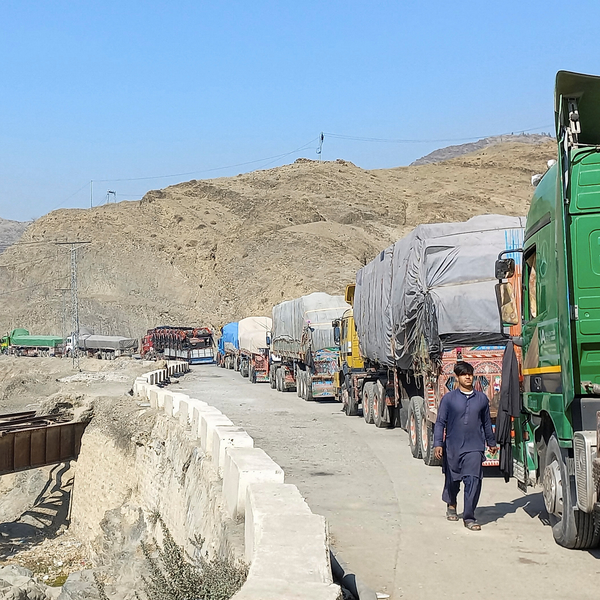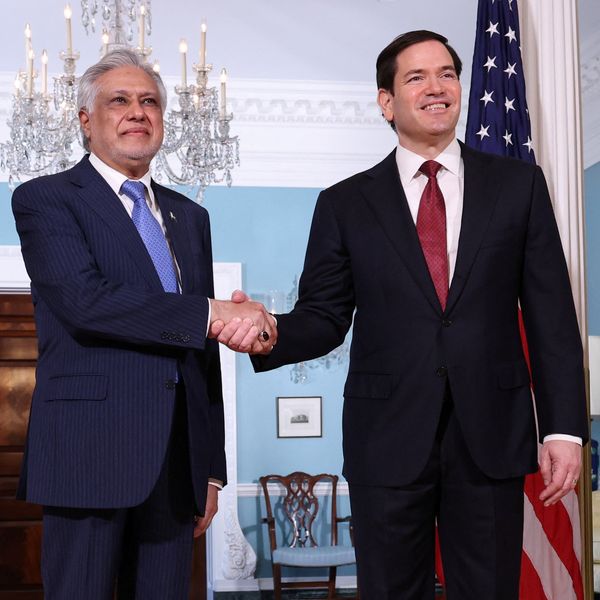Pakistan’s power generation drops 3.7% in October as grid demand weakens
Output falls sharply from September and stays below NEPRA forecasts, with rising distributed solar and seasonal demand shaping the decline

Haris Zamir
Business Editor
Experience of almost 33 years where started the journey of financial journalism from Business Recorder in 1992. From 2006 onwards attached with Television Media worked at Sun Tv, Dawn Tv, Geo Tv and Dunya Tv. During the period also worked as a stringer for Bloomberg for seven years and Dow Jones for five years. Also wrote articles for several highly acclaimed periodicals like the Newsline, Pakistan Gulf Economist and Money Matters (The News publications)

Pakistan’s power generation fell 3.7% year over year in October to 9,886 gigawatt-hours, down from 10,262 GWh a year earlier, according to newly released sector data. Output during the first four months of FY26 totaled 50,819 GWh, roughly unchanged from the same period last fiscal year.
On a month-to-month basis, generation dropped sharply — down 21.5% from September — largely reflecting typical seasonal patterns as demand tapers with cooler weather.
Sector officials said October’s decline came despite lower tariffs and a shift of captive consumers back to the grid following new levies on captive power. They attributed much of the drop to rising distributed generation, which has continued to displace demand on the centralized system.
The impact of earlier power-purchase agreement terminations and renegotiations has already filtered through quarterly tariff adjustments. NEPRA approved a negative QTA of PKR 1.89 per kilowatt-hour for the fourth quarter of FY25, applied across August through October. Regulators expect QTAs to normalize in November, which could nudge tariffs slightly higher.
Adjusted fuel cost for October was recorded at PKR 8.72/kWh, below the reference cost of PKR 9.37/kWh.
Distribution companies have requested a negative fuel charge adjustment of PKR 0.37/kWh, citing lower-than-expected oil prices and reduced reliance on furnace oil and imported coal. Brent crude averaged $64 per barrel in October, well below NEPRA’s assumed $73.
Imported coal- based generation costs fell to PKR 14.39/kWh, down nearly 15% from last year as global coal prices declined. The cost differential with domestic Thar coal narrowed to PKR 1.29/kWh, a sharp contraction from the longstanding gap of roughly PKR 4.
Hydel and RLNG generation outperformed NEPRA’s forecasts, while nuclear, Thar coal, and imported coal plants generated less than projected. Hydropower output dropped 15.1% year over year to 2,705 GWh due to reduced water flows, though production still ran 2.9% above reference levels, leaving fuel charges unaffected.
RLNG-based generation slipped 2.7% to 1,949 GWh but remained 6.6% above target, pushing up fuel costs, partly offset by softer oil prices. Imported coal output plunged 48.4% to 466 GWh and was 30.4% below expectations, a shortfall attributed to heightened system constraints during the winter months.
Overall, total generation in October was 8.7% below the 10,828 GWh reference estimate, creating what officials described as a “concerning” surplus of 942 GWh despite lower tariffs and a shift of captive industry back to the national grid.
Output is expected to fall further in November as temperatures drop. Hydropower could remain constrained due to low water availability, increasing the likelihood of positive fuel charge adjustments.
NEPRA projects power demand to grow about 2.8% in FY26, though analysts say rising distributed generation and muted industrial activity could weigh on actual grid-based demand.
“October’s numbers highlight a structural shift, not just seasonal weakness,” said one Karachi-based energy analyst. “Distributed solar is eating into grid demand faster than policymakers anticipated. Unless tariff design and capacity payments are rebalanced, grid underutilization will continue to pressure DISCO finances.”










Comments
See what people are discussing